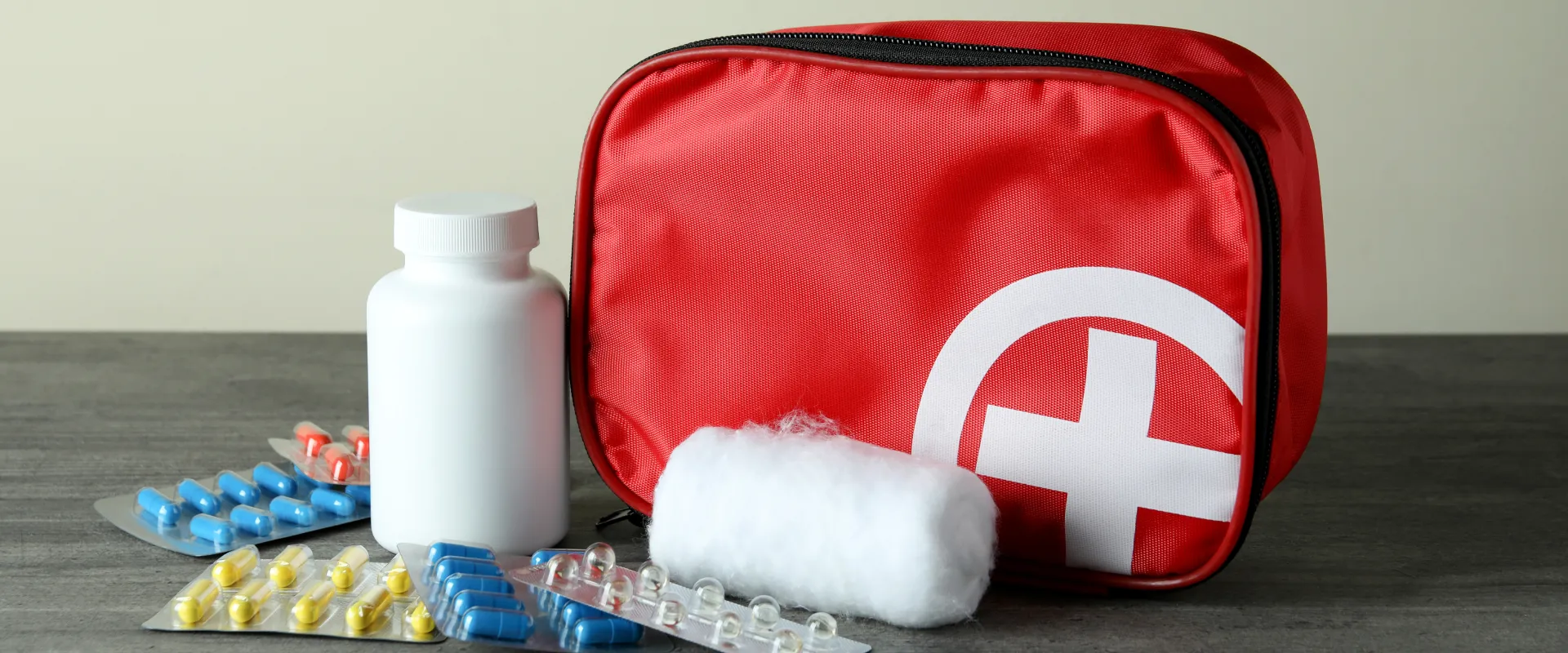Last week I was working on some advertisements and a page on the website for the first aid certification course and CPR renewal course. What you will not see now is the little stock photo I had originally used. I thought they looked great and lots of people were clicking on them. I even got a few complements. But then…
A short while later, a slightly irritated message appeared in my inbox. I knew to read it in an irritated voice, because it didn’t beat around the bush. It had a screen dump of the stock photo I had used with the words, ‘please remove this photo from the website’. The message was from one of my colleagues, a Registered Nurse and nursing curriculum development specialist.
“Certainly”, I replied, “but may I ask why?”. So my colleague patiently
explained to me that using safety pins to secure bandages goes against best
practice. Aside from there being more effective ways to secure a bandage, a
safety pin is an unnecessary ‘sharp’ (apparently this is their vernacular for
a potentially hazardous sharp object) and has the potential to ever so
slightly increase the risk of injury.
As a person who is not a nurse or healthcare professional (my field is
communication) I was somewhat taken aback. I had the image removed and
consulted several RNs about my new choice of image, the white box on the
right, asking whether they had any objection to it. Kind of overkill I know,
but you can’t be too careful when it comes to sharp objects. As my colleague
from the eLearning development team often says, it’s all fun and games until
someone loses an eye.
The rejection of safety pins as a means of securing bandages is not yet universal. St John Ambulance New Zealand have an instruction to secure a bandage with a safety pin on their website. A 2012 textbook from the USA also instructs the reader to, “use safety pins to secure the bandage” (Thygerson et al. 2012). Another colleague suggested that it may not be something that is universally agreed upon even in Australia.
What exactly is the moral of the story? Well firstly, it is that nurses pay attention to detail and when dealing with them, half measures simply won’t do. That is a very reassuring thing, since when most of us encounter a nurse they are working at keeping us alive, or at least improving our health. It also tells us that there needs to be a lot of communication between people in different parts of an organisation. When an organisation is doing something, like teaching a first aid certificate, it is no good having the educators saying one thing and the marketing team implying something completely different. We all need to work together in a collegial manner. When different people in an organisation are not on the same page as one another then their communication loses the coherence required to ensure it is sincere.
References
Thygerson, Thygerson, Gulli & Piazza 2012, First Aid, CPR and AED – Advanced, Jones and Bartlett Learning, Sudbury MA
Related Blog: Emergency Care and First Aid for Nurses


